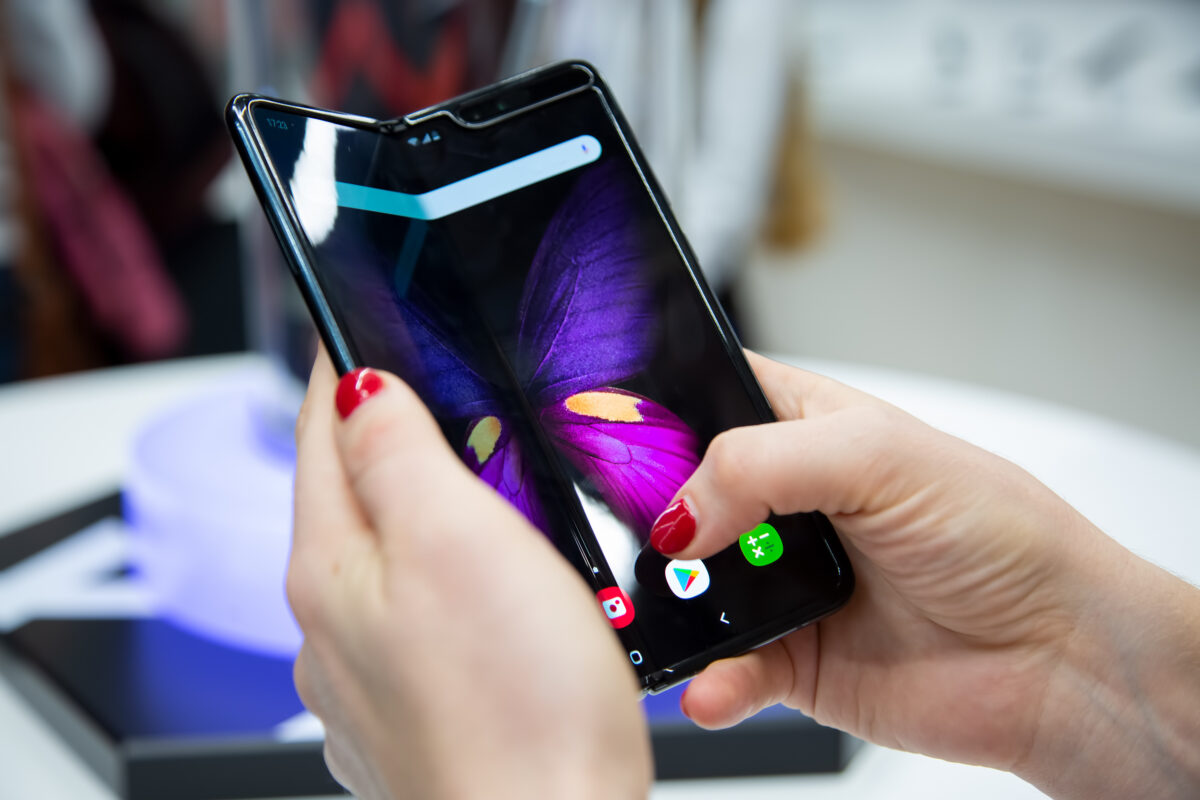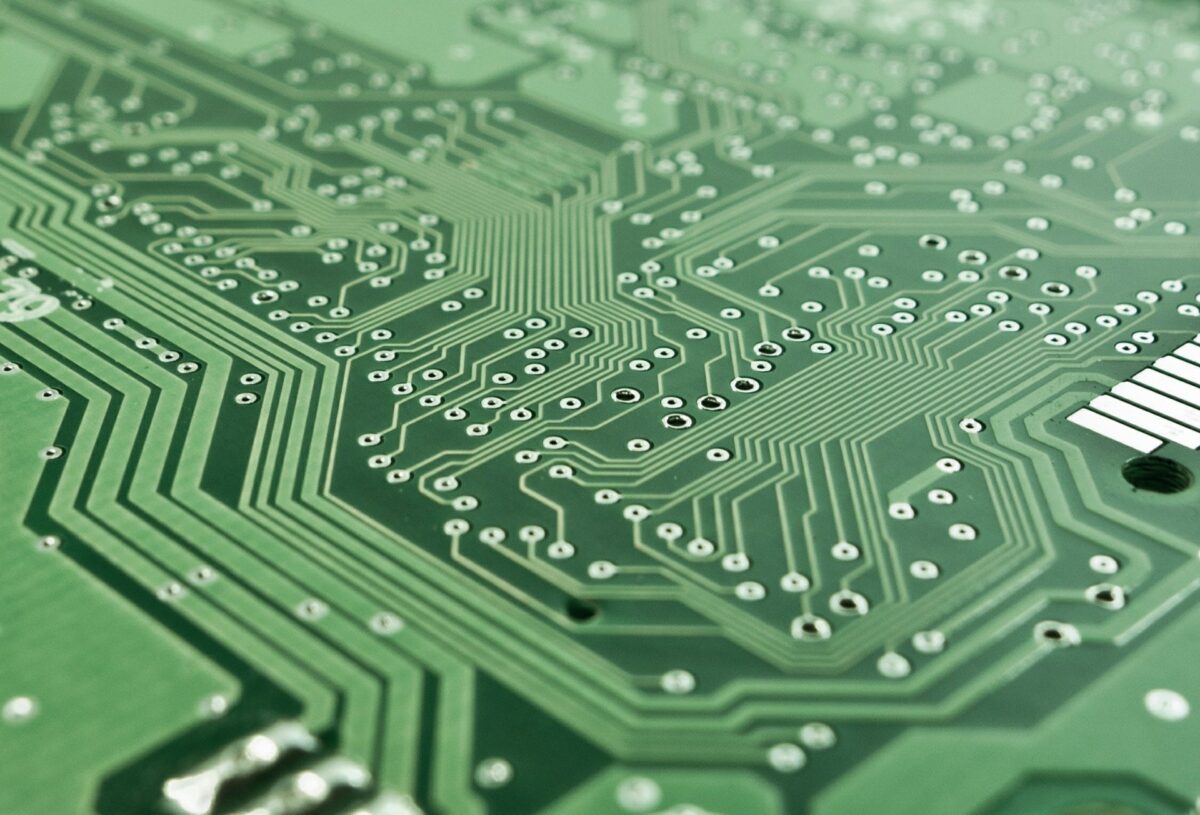Domestic manufacturing increases consumer cost
Since the introduction of the Chips Act increased costs were
a cause for concern. Many manufacturers and suppliers have expressed a worry
that the various cost increases involved in reshoring production would affect
business. The major impact of this would be a raised cost of consumer
electronic devices at the end of the road.
The upside
With the Act in place, and export restrictions on China
being introduced, the chip industry faces an interesting predicament. On one hand
the Act will increase the number of jobs. It could also give the US a more
stable position in the global market. Not only that, but it will encourage
foreign investment in the US economy and bring consumers to domestic producers.
All in all it is expected to improve the US chip industry hugely,
and the profits and products of it will mean America is a real competitor in
the market.
The downside
Unfortunately, though, there are a few downsides as well.
The cost of most things, including building new fabs and training new staff, is
more expensive in the USA. There is currently much less semiconductor
infrastructure in place here.
Compared to countries like Taiwan and China, which are
already set up for mass production, the US will have to invest a great deal of
time and money. Additionally, the labor and equipment is cheaper in Asian
countries. Some experts in the industry have predicted the cost of making a
chip could increase by 40%
According to one research firm, the cost of a fab in the US
can be 80%
more than in Taiwan. This isn’t exactly attractive for investors.
The impact on consumers
There has been a massive range of estimates on how much the
end-user will be affected by reshoring. One of the most often-discussed
products is the smartphone. Providers like Apple and Samsung have had to
reorganise thanks to the Act, and change their future plans.
In addition to the chips needed for the phone itself, the
cameras also require separate chips and components. The cost of a new iPhone,
for example, could increase by $100. Other experts have estimated eye-watering
estimates of a $30,000 increase, but this is less likely.
Many companies are expected to try and mitigate the cost passed
onto customers. It’s worth noting it won’t be possible, or economical, to do
this entirely. There are incentives included in the Chips Act to offset these
costs too, but those will only go so far.
A steadfast ally
While the Chips Act might change the chip landscape,
Lantek’s stellar service will stay exactly how you like it. With Lantek being a global supplier, we will be
able to see which avenue will be more cost effective for your production and
guide you in whatever component needs you have. Call us today on 1-973-579-8100,
or email us at sales@lantekcorp.com.



